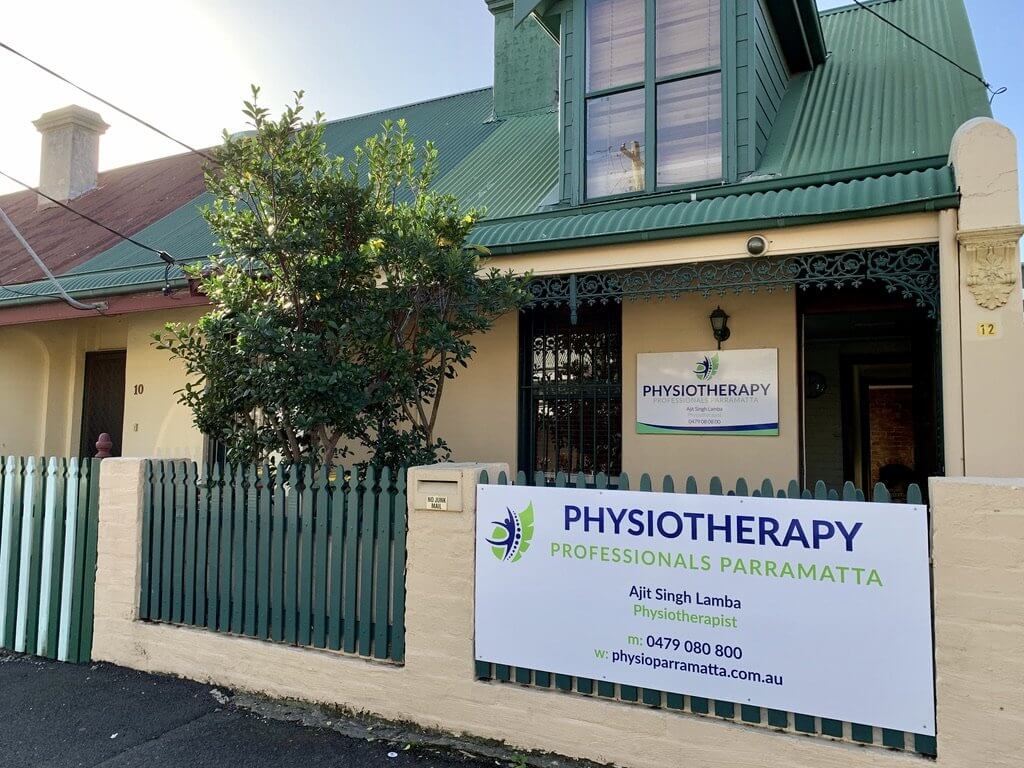Shoulder Dislocation

Shoulder Dislocation
Shoulder dislocations are common in sports, work injuries and even after motor vehicle accidents. Physiotherapy is an effective means to manage shoulder injuries. A well structured shoulder dislocation rehabilitation program can be the difference between a positive outcome and recurrent shoulder instability.
Physiotherapists understand the traumatic nature of your shoulder injury, we can answer your questions and most importantly we can provide individualised shoulder dislocation treatment.
Note: This page contains general information about shoulder dislocation treatment and shoulder subluxation management. The relatively simplistic content has been written to be easily understood by the general public. Book an appointment with Physiotherapy Professionals Parramatta to receive specific education and expert shoulder dislocation treatment in Parramatta.
Shoulder Dislocation and Subluxations
Shoulder dislocation and shoulder subluxation are terms that are mistakenly used interchangeably, but they are in fact slightly different conditions.
The shoulder is a ball and socket joint. The ball is held in place by soft tissue – ligaments and muscles. The term shoulder dislocation implies that the ball has slipped completely out of it’s socket.
The first episode of shoulder dislocation is usually traumatic and often requires assistance to relocate the ball back into the socket. This usually results in damage to the bone and soft tissues and can result in recurrent episodes of instability. Recurrent shoulder dislocations can occur with less force but are also easier to relocate, often without assistance.
Shoulder dislocation treatment by a skilled shoulder Physiotherapist involves developing a rehabilitation program which consists of strengthening the muscles responsible for holding the ball in the socket and also relaxing muscles around the shoulder which often go into spasm after a traumatic event.
Shoulder subluxation is basically a ‘mini dislocation’. Shoulder subluxation involves the ball shifting partly out of the socket before spontaneously returning to it’s correct position. Shoulder subluxations can affect those with loose shoulders and are typically less traumatic than dislocations.
Shoulder subluxation management is very similar to shoulder dislocation treatment.
Shoulder Instability:
Anterior Shoulder Dislocation
Anterior shoulder dislocations account for about 90% off all shoulder dislocations. Anterior = front, so an anterior shoulder dislocation involves the ball slipping out of the front of the socket.
Posterior Shoulder Dislocation
A posterior shoulder dislocation involves the ball slipping out of the back of the socket. They are far less common than anterior shoulder dislocations.
Anterior Shoulder Subluxation
Anterior shoulder subluxation involves the ball sliding partly out of the front of the socket before returning to the correct position.
Posterior Shoulder Subluxation
Posterior shoulder subluxation involves the ball sliding partly out of the back of the socket before returning to the correct position.
Shoulder Instability:
Shoulder instability implies that the shoulder is unstable and prone to subluxation or dislocation. Shoulder instability is usually unidirectional following a dislocation event. I.e. Anterior shoulder instability is common following an anterior shoulder dislocation due to bone or soft tissue damage.
Multi-directional instability is less common and implies that ball may slide out of the joint in two or more directions. Multi-directional instability is usually due to loose ligaments rather than a traumatic event.
Hypermobility
Shoulder hypermobility suggests that the ball and socket joint has more movement than ‘normal’. Shoulder hypermobility does not necessarily mean that the shoulder more likely to dislocate or be symptomatic. In fact, shoulder hypermobility can be beneficial in sports that require flexibility such as swimming.
Laxity
Shoulder laxity is another way of defining ‘looseness’ in a particular direction. I.e. Anterior laxity suggests that the ball can slide further forward in the socket than normal. Shoulder laxity may or may not involve structural damage and is usually associated with undesirable symptoms.
SLAP Tear or Leision
Superior Labrum Anterior to Posterior (SLAP) is the term given to a small labral tear (cartilage) at the top of the socket. It doesn’t commonly lead to shoulder instability or make you more prone to dislocation.
Common Symptoms:
Symptoms of shoulder instability vary considerably depending on the degree of instability and the stage of injury.
Acute Shoulder Dislocation Symptoms: Whilst the shoulder is out of joint it is common to have moderate to severe pain and a feeling of distress. When the shoulder is relocated there is an immediate reduction in pain and feeling of wellbeing. This can be followed by weeks of aching pain caused by soft tissue trauma and inflammation. Sharp pain is experienced when the shoulder is moved into provocative positions. Symptoms usually settle within 8-12 weeks.
Shoulder Subluxation Symptoms: Subluxation events are typically less traumatic and less painful than dislocations. A mild feeling of distress or unease can be felt as the ball starts to slide out of the joint and spontaneously relocates. Following shoulder subluxation, symptoms range from no pain to moderate aching depending on the degree of soft tissue trauma. It is uncommon for symptoms to persist more than 6-8 weeks.
Recurrent Instability Symptoms:
After a shoulder dislocation or subluxation it is common to suffer from recurrent instability episodes. This may occur when moving the shoulder into certain positions, performing overhead activities or athletic activities such as throwing. Symptoms reported include a ‘slipping or abnormal feeling in the joint’, ‘dead arm’, ‘sharp pain’ and ‘clunking or clicking’.
Treatment
This section includes general advice on shoulder dislocation treatment in Parramatta, which we hope will benefit you. We strongly recommend an appointment with an expert shoulder Physiotherapist as the treatment for dislocated shoulders varies depending on the injury and symptoms.
Do not attempt to forcefully relocate the shoulder as permanent joint and nerve damage may result. A trained medical professional should relocate the shoulder as quickly as possible in order to avoid sedation, which is required when the muscles go into spasm.
A sling should be worn for comfort for the first week or two following a dislocation however there is no conclusive evidence for long-term use.
Physiotherapy for Shoulder Dislocations:
Shoulder dislocation treatment should commence immediately with an expert shoulder Physiotherapist. Shoulder dislocation treatment in Parramatta involves a rehabilitation program from the day of injury right through to a successful return to sport or work. We will discuss whether surgery is indicated based on your symptoms and improvement.
Your shoulder dislocation treatment will consist of a progressive strengthening program to ensure the shoulder muscles perform optimally in their role of securing the ball in it’s socket.
Contact Us:
Do you need assistance with your injury? Experienced Physiotherapists with essential knowledge. You can call us anytime to have a confidential discussion with our expert Physiotherapists. For more information on how we can further assist you, please call our clinic number on 0479 080 800 or send us an email on [email protected] for further details. Our Physiotherapists are Medicare, NDIS, DVA and Work Cover approved, specialising in injury management and rehabilitation to get you back on track.

Physiotherapy After A Car Accident
